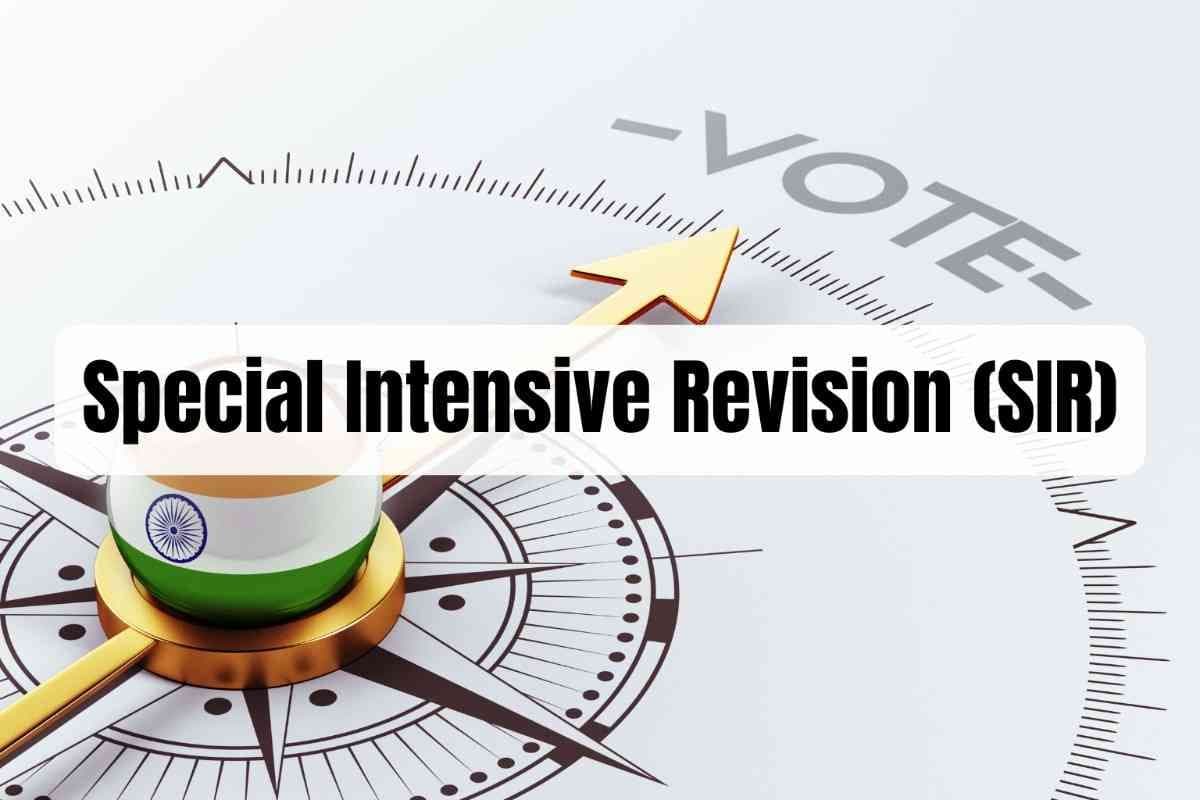Startling discovery: Harappan Civilization's age was unveiled at 7000-8000 years!
Feb, 2025
•2 min read
What happened?
In the third phase of excavations carried out by ASI researchers and professors from Deccan College in Pune, it has been discovered that human remains found at the ancient site of Rakhigarhi date back to around 8,000 years!
As I have taught my students, Harappan Civilisation is not just my favourite chapter of our rich Ancient History but also UPSC’s too!
Every year one question is asked by UPSC either in Prelims or in Mains w.r.t the seals, artefacts, figurines, images, towns and features of this civilisation. The recent discovery which makes this civilisation older than many epics puts this chapter on the top list of UPSC!
Before understanding this discovery, let us dive deep into our priceless Ancient Civilisation famously known as Harappan Civilisation and learn about its story and list of excavations in detail:
In 1853, a pivotal moment occurred when Alexander Cunningham stumbled upon a seal stamped with a bull and six letters—a modest artifact that would lead to the discovery of the Indus Valley Civilization. Harappa, a city located on the banks of the river Ravi, became the centre point of a civilization that stretched across present-day India and Pakistan.
Fast forward to the early 20th century, and the excavations at Harappa and Mohenjo-Daro uncovered a treasure trove of information. Approximately 2800 sites emerged, chronicling the three developmental phases of Harappa—early, mature, and late. The saga of discovery continued even after the partition of India in 1947, as both India and Pakistan engaged in excavations, unearthing the rich tapestry of Indus Valley's history and culture.
Recent excavation:
Recent archaeological marvels at Rakhigarhi have sent shockwaves through the corridors of history.
Deccan College Pune and the Archaeological Survey of India (ASI) collaborated in a groundbreaking excavation, revealing human remains dating back to the Bronze Age.
Dr. Amarendra Nath and Professor Vasant Shinde led the initial phases, unearthing evidence of the North Harappan culture from 2500 BC. The third phase, undertaken in recent years, pushed the boundaries further, revealing a culture dating back 7000 to 8000 years. DNA tests on human remains showcased that our genetic makeup has remained unchanged for millennia.
As we dig deeper into Rakhigarhi, a city buried beneath the layers of time, the revelations are awe-inspiring. The excavation uncovered not just artifacts, but a vivid snapshot of daily life in ancient times. Large burial grounds with human and animal traps, utensils crafted from various metals, and the most exquisite clay pots along with courtyards and drainage systems have been found.
The discovery challenges our notions of progress, with evidence of two to six-bedroom houses and a clothing fashion that included colorful garments—a far cry from our assumptions about the simplicity of ancient times.
The Resilience of Harappan Civilization
In a resounding affirmation of our shared history, the research at Rakhigarhi establishes that the Harappan civilization is not a mere chapter but an epic spanning 7000 to 8000 years. The collaboration between the Department of Archaeology of India and Deccan College paints a vivid picture of an advanced society, challenging the notion that progress is a recent phenomenon.
The spotlight on Rakhigarhi has even reached the highest echelons of governance, with Union Finance Minister Nirmala Sitharaman emphasizing its significance in the 2023 budget speech. Plans are underway to develop an on-site museum near the sprawling 350-acre site, a testament to the commitment to preserving and showcasing the antiquities uncovered.
Conclusion: A Call to Uncover the Past
As UPSC aspirants, you should know that the revelations from Rakhigarhi beckon you to delve deeper into the rich tapestry of ancient India.
Key Pointers to Take Away for Prelims from this discovery:
- Rakhigarhi
- IVC Drainage System
- Different artefacts and seals found in IVC
Happy exploring, brave minds!
Related Blogs

Special Intensive Revision (SIR) of Electoral Rolls: Definition, Objectives, Significance, & Challenges
Dec, 2025
•4 min read

UNICEF Day 2025: 79 Years of Global Commitment to Child Rights & Protection
Dec, 2025
•4 min read

Vande Mataram: The National Song of India UPSC | Recent Debate in the Parliament
Dec, 2025
•6 min read